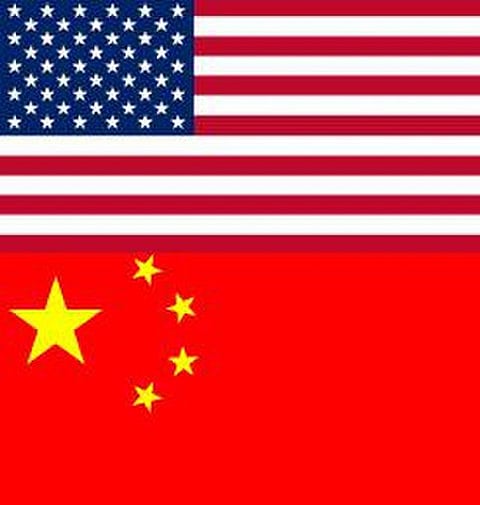Enhanced Mobile Broadband (EMBB), Industry 4.0 is the main driver for 5G. Industry 4.0. is rooted in the concept of advanced manufacturing, also called Smart Manufacturing. Industry 4.0 based solutions enable better interoperability, more flexible industrial processes, and autonomous and intelligent manufacturing. Many countries in the world like the USA, Germany, UK, and Australia have allocated 5G spectrum for industrial development. For example, in Germany, Mercedes is setting up a factory entirely based on 5G, termed as Factory 56. Many countries are setting aside spectrum and laying out policies for industrial growth using 5G. Not only industry, but captive users of mobile wireless communications are also industries, police, paramilitary, fire, forest and mining, municipal corporations and public utilities as well as critical infrastructure services like Railways, Metros, Airports, Sea Ports, Refineries, Highways, etc.


